Happy Balinese New Year! 1938 is almost upon us and Nyepi – which falls on Wednesday March 9th – marks the last day of the Balinese lunar year. In Bali however, things are celebrated a little differently – particularly quietly. Known as the ‘Day of Silence’, Nyepi is a time to unplug, look inwards, relax, and reflect. For 24 hours the island is on lockdown, and leaving your home (or hotel) is forbidden. While that may sound a little off-putting to the vacationing nomad, if you plan your holiday right, you’ll be blessed with some truly spectacular festivals – plus a little meditative and introspective pause on life. Here’s what you need to know:
#1 The Melasti Ceremony
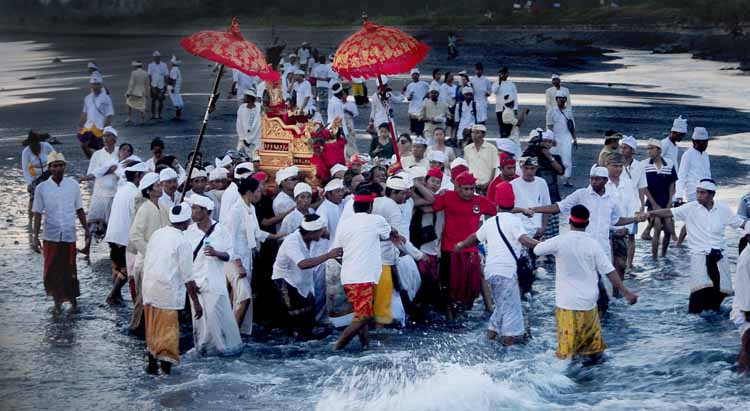
Usually held 3 or 4 days before Nyepi, the Melasti ceremony symbolizes the cleansing and purification of the world and the self from evil and/or sin. Followers dress in white (to symbolize purity) and lead a procession of sacred objects from their local temple to the nearest beach. Once there, they purify themselves and the sacred objects in a visually stunning ceremony by taking in the Tirta Amerta or water of life. Bad influences, bad deeds, bad thoughts – be gone.
#2 Ogoh-Ogoh
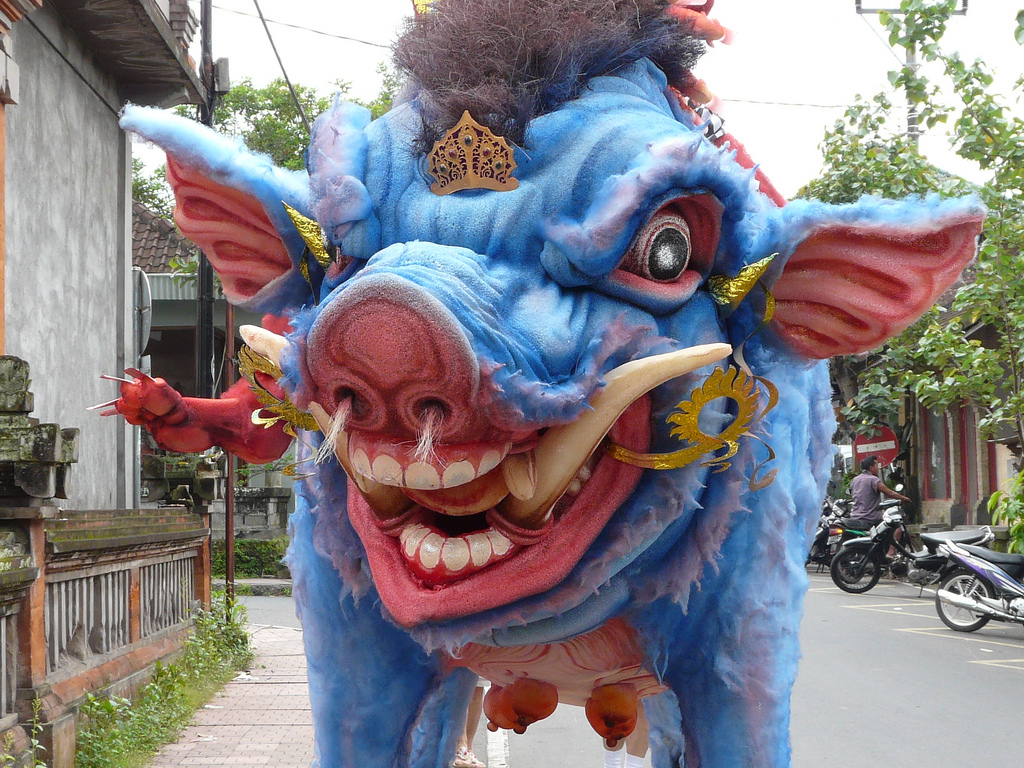
The famous Ogoh-Ogoh are effigies of mythological beings (normally demons) built and then burned the night before Nyepi. Constructed by the village youth but overseen by elders and/or artists, the statues are paraded throughout the streets in the Ngerupuk parade before being set ablaze, thus purifying the natural environment of spiritual pollutants and/or lurking evil.
#3 The Ngerupuk Ceremony
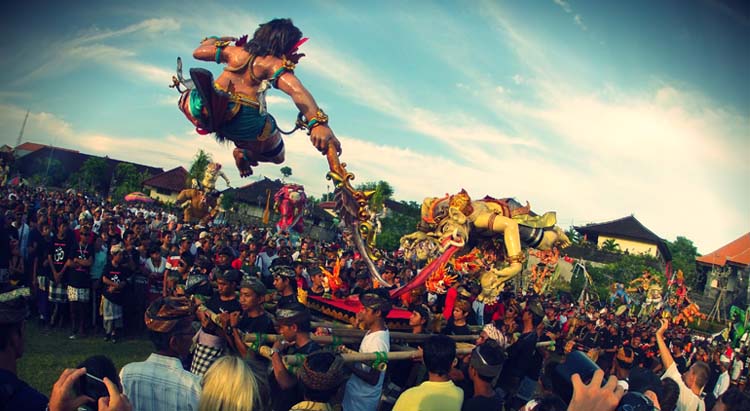
On the day before Nyepi, the Ngerupuk ceremony startles and banishes demons from the home. The opposite of Nyepi, the noisy ritual involves spreading rice around the home, smudging, lighting firecrackers and generally just banging things with Kentongan (bamboo sticks) to wake up and drive out the evil spirits. It culminates in the parade and burning of the Ogoh-Ogoh, vanquishing those malevolent forces once and for all.
#4 Mesabatan Api
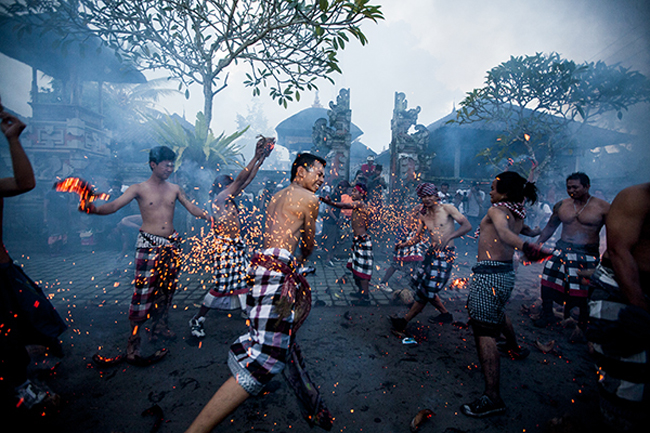
While not typical in all villages, in Banjar Nagi, Gianyar, the male village youth engage in the fire-war ritual Mesabatan Api. A village tradition to both settle personal wrongs and exorcise the demons, coconut husks are lit ablaze, picked up barehanded and then hurled at each other. Only lasting around an hour, the festival finishes with the Negerupuk ceremony and then the parade and burning of the Ogoh-Ogoh.
#5 Nyepi
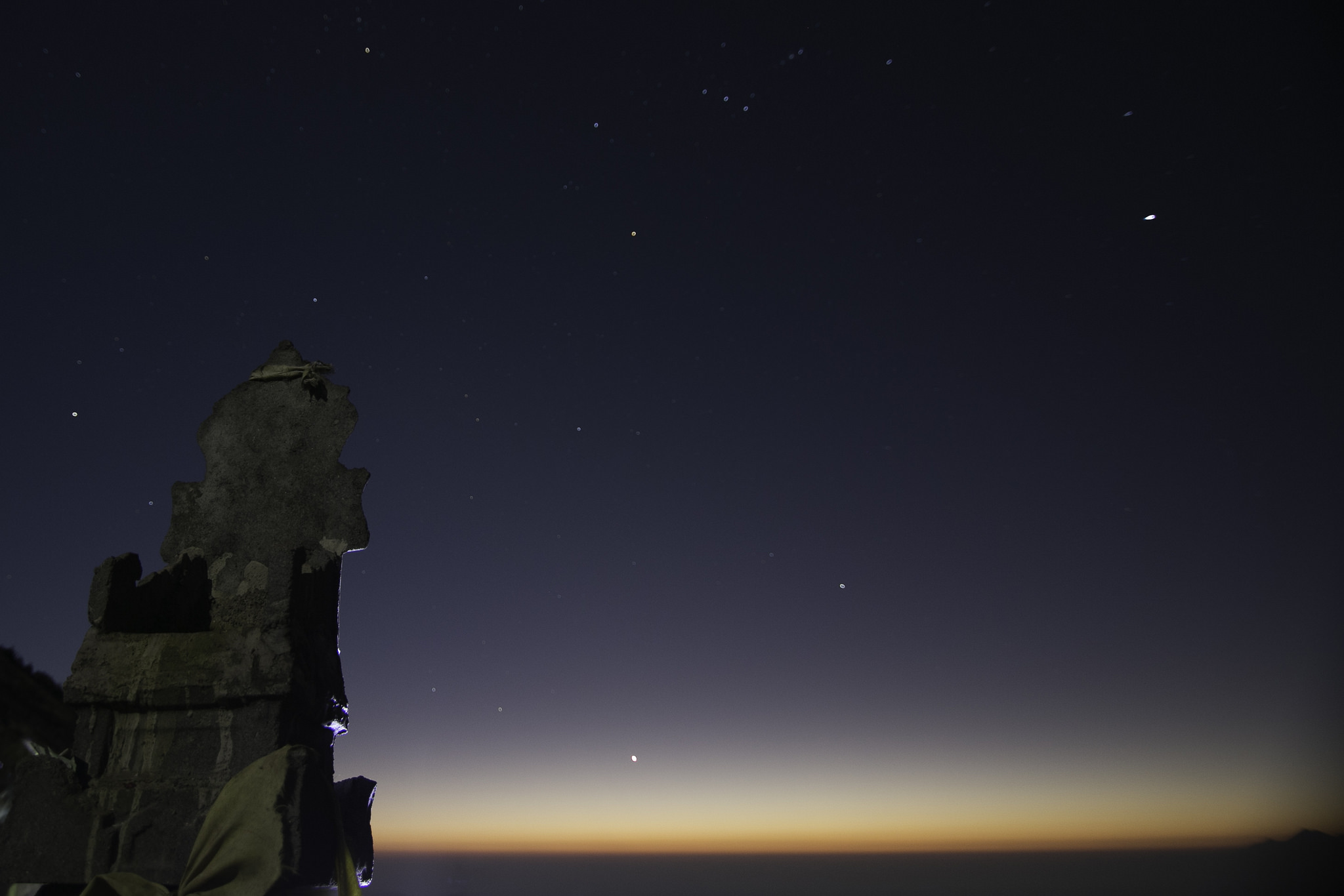
On the last day of the year hotels cover their windows, local Nyepi watchmen – Pecalang – ensure that no one ventures outside, and silence is upheld throughout the island. It’s like Earth Day x 1000, and Bali without traffic or electricity makes you ponder how idyllic the island must have been in decades past. The good (or bad) news is, hotels are somewhat exempt from the national holiday, and most – if not all – offer special Nyepi packages to keep guests entertained. We’re kind of into the idea however, and love the thought of going a day without wifi, tv or even speaking (silent gasp)! Just remember, Nyepi is about inward reflection and moving into the new year refreshed, cleansed and pure.
#6 Omed Omedan
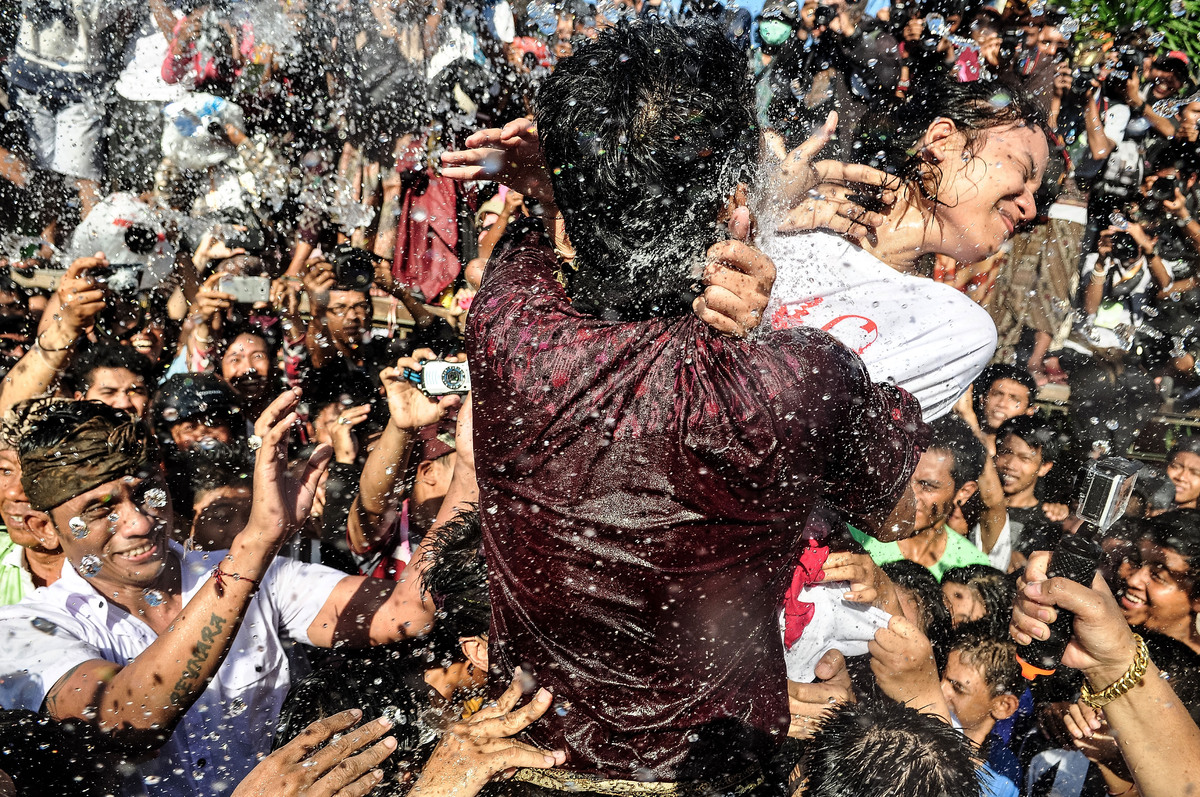
On New Year’s Day, head to Denpasar to break the silence in the Omed Omedan ceremony also known as ‘The Kissing Ritual’. With some definite parallels to Thailand’s Songkran festival, in Bali, village youth head to the capital for an amorous love-in, where kissing is said to bring good luck and fortune upon their village and themselves. Kiss too long however, and feel the wrath of the water bucket to break you up. The whole event is a little tongue-in-cheek (literally) and a celebratory and soaking wet way to ring in the new year.
So take that time-out.
Image Credits: Main, 1, 2, 3, 4, 5, 6





